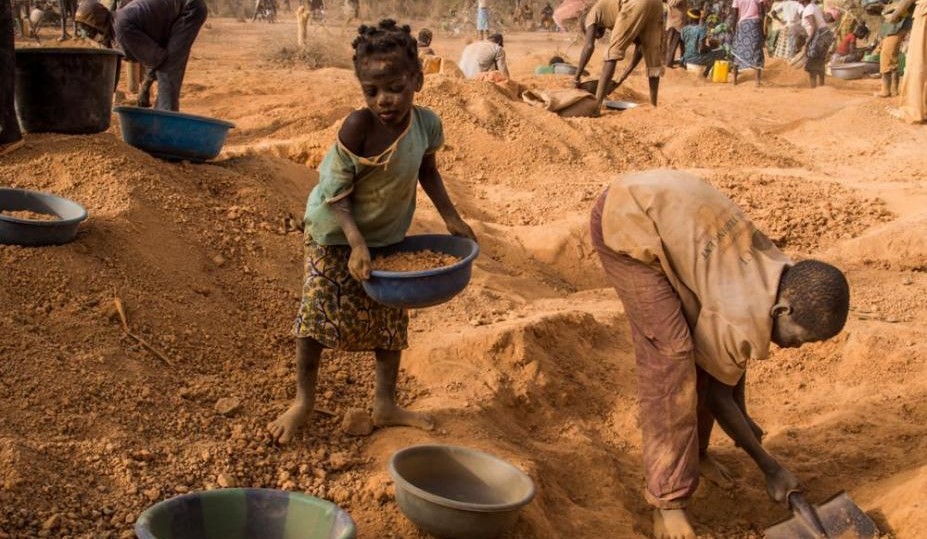This Sunday, June 12 marked the World Day Against Child Labour. According to the International Labor Organization (ILO), more than half of the minors affected by this phenomenon are African.
From October 2022, the International Labor Organization will be led by its first African director general, the Togolese Gilbert Houngbo. The former Togolese Prime Minister will be well placed to put in place, as the Chilean Juan Somavía had done, a new universal framework to fight against child labor which can be imposed in Africa.
Car it is in Africa, according to figures from the UN agency, that the majority of children forced to work before the legal age are found. Clearly, neither national laws nor international treaties have prevented the phenomenon from slowing down on the continent. Today there are 41,4 million children between the ages of 5 and 17 working in hazardous conditions in Africa. Or 52,4% of the global figure.
So, if the cliché of child labor was rather directed towards Asian countries – China, Nepal, Thailand and Malaysia especially – the reality is quite different. Of the 20 countries with the most economically active children in the world, 16 are African. Worse, in Cameroon, Chad, Sierra Leone and Guinea-Bissau, child labor rates have drastically increased in recent years.
The most recent figures identify 58% of Chadian children aged 7 to 14 who are forced to work. In Niger, more than 27% of all children of the same age group practice dangerous professions, such as artisanal mining…
Why fighting child labor could be economically viable
Scary numbers, sure. But in Africa, some countries have set a model for tackling child labor. Among the latter, Côte d'Ivoire and Ghana. In these two countries, the largest cocoa producers in the world, more than 20% of cocoa farmers still employ children. But we are far from the tragic situation of the 1990s, when child labor in the cocoa plantations was the norm, with 79% of workers in the sector under the age of 18.
In 2020, the ILO had completed one of its most comprehensive studies on the subject, including a cynical treatment of the "potential costs and benefits of eliminating child labor". And, for total costs of $200 billion between 2000 and 2020, the total abolition of child labor would have generated $1 billion in benefits, including $228 billion in net benefits.
Certainly, a large part of these potential profits would have been generated in the financial market. Above all, it was a question of how profitable a “20-year transgenerational investment project” in Africa would be. For economists, the ILO figures are utopian. But the fight against child labor should not be motivated by hypothetical, absolute gains.
How to respect international treaties?
Indeed, if economic and moral reasons are not enough, it should be remembered that all African countries without exception are signatories to Convention 182 on the prohibition and immediate action for the elimination of the worst forms of child labor. .
The said convention was massively signed within the United Nations in 1999. But as previous ILO conventions have shown, it takes time for them to come into force.
For example, Convention 138 on the minimum age for admission to employment, signed in 1973 by all African countries as well, did not enter into force until 2002. The mode of application of labor conventions takes time to consult national unions and legislate subsequent laws.
For African countries, and all the countries of the world affected by this problem, it is increasingly urgent to tackle it. A UNICEF report released in May states that 8,9 million more children worldwide will be forced to work before the end of 2022.
